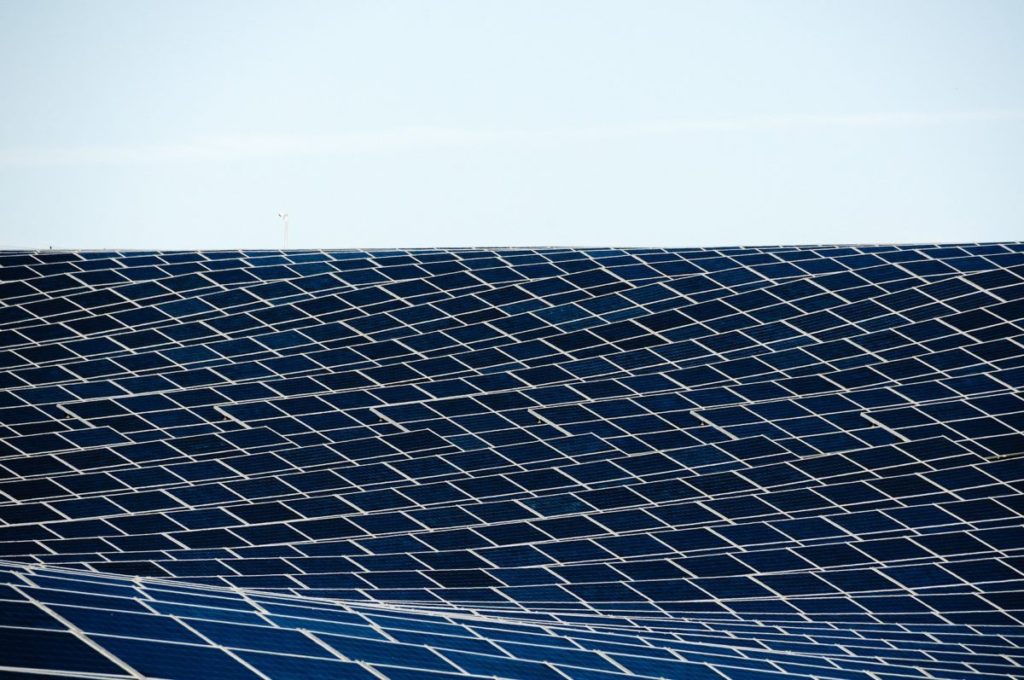A dual-angle approach to building solar plants at higher latitudes

A research team in the US has proposed a ‘dual-angle solar harvesting’ method it is claimed could help PV developers optimize energy yield and land use. It is claimed the method would be particularly suitable for projects in cloudier climates and at higher latitudes.

Researchers from New Jersey’s Rutgers University have argued large scale solar plants could be built more cost effectively with two, rather than one tilt angle for PV panels. The Rutgers team say the resulting loss in energy output would be more than gainsaid by a requirement for fewer panel rows and, therefore, less land and labor cost.
The dual-angle solar harvest (DASH) method proposed is said to provide a cheaper solution particularly well suited to handling complex radiation fields in partly cloudy climates. “The DASH method is not suitable for all locations and it can be implemented on a case-by-case basis,” its creators said. The method is also said to be an optimal way to increase array-wide incident irradiation at existing solar facilities.
Two sites offering different climatic conditions were studied by the researchers, in California and Ohio. Although the optimum tilt angle of both sites was very similar, the Ohio base offered the potential for higher array-wide energy gains by lowering the panel tilt angle, due to the higher latitude causing longer shadow lengths, the researchers stated.
Yield increase
The Rutgers group said adjusting 40% of the panel rows in Ohio to a secondary tilt angle resulted in a 10% power yield gain. In California, an adjustment to the tilt angle of 80% of the rows drove a 20% gain – but required far more on-site labor and therefore drove up costs.
“The more cost-effective solutions are shown to be located where the annual cloud fraction is high,” the researchers noted.
It was in Ohio where the DASH concept showed its strength. The Rutgers team said the higher-altitude site would require all the panel tilt angles to be adjusted under the conventional single-tilt-angle approach – meaning the rows would also have to be moved closer together. Under the DASH approach, however, only a proportion of the tilt angles would have to be altered and fewer rows would have to be moved as a result.
“This is just a first exploration into dual angles; a lot of future work could expand on this idea and test validity,” the group added. The findings of the research are presented in the paper The dual angle solar harvest (DASH) method: An alternative method for organizing large solar panel arrays that optimizes incident solar energy in conjunction with land use, published in Renewable Energy and on the ScienceDirect website.

